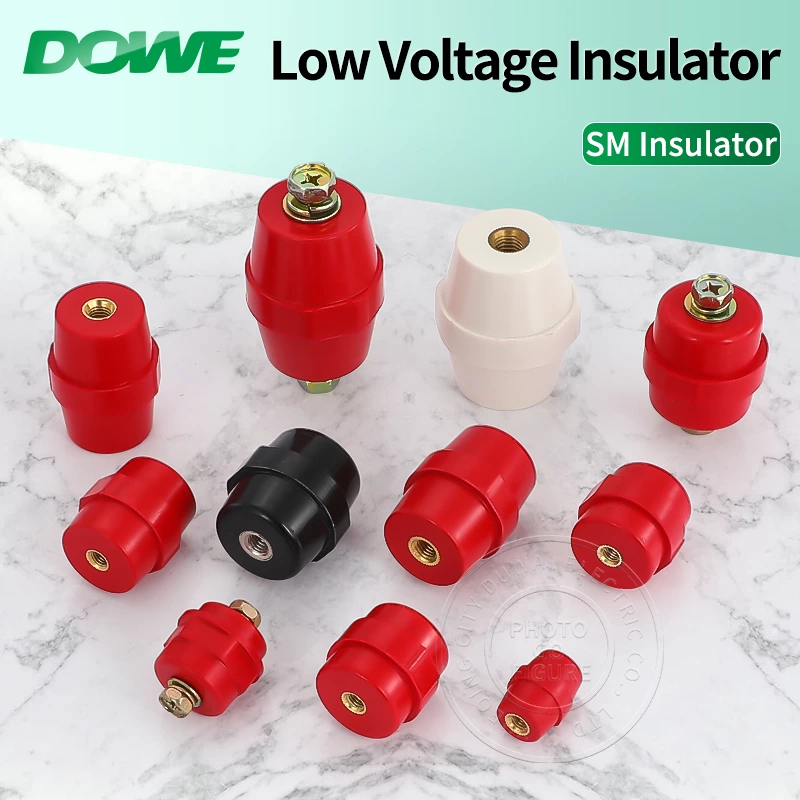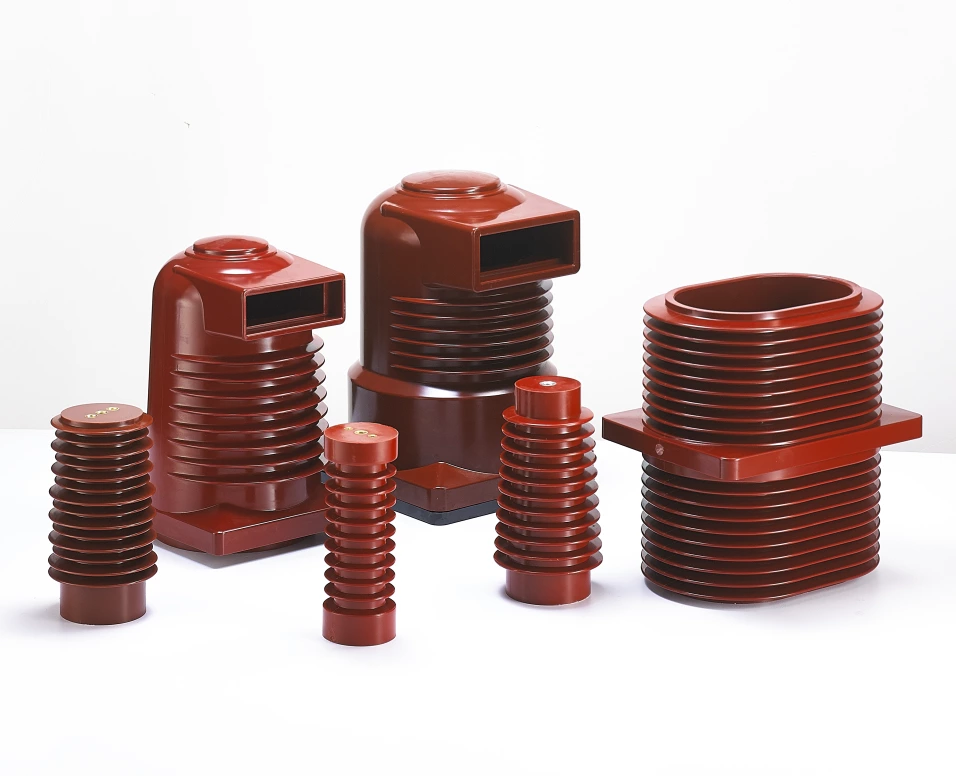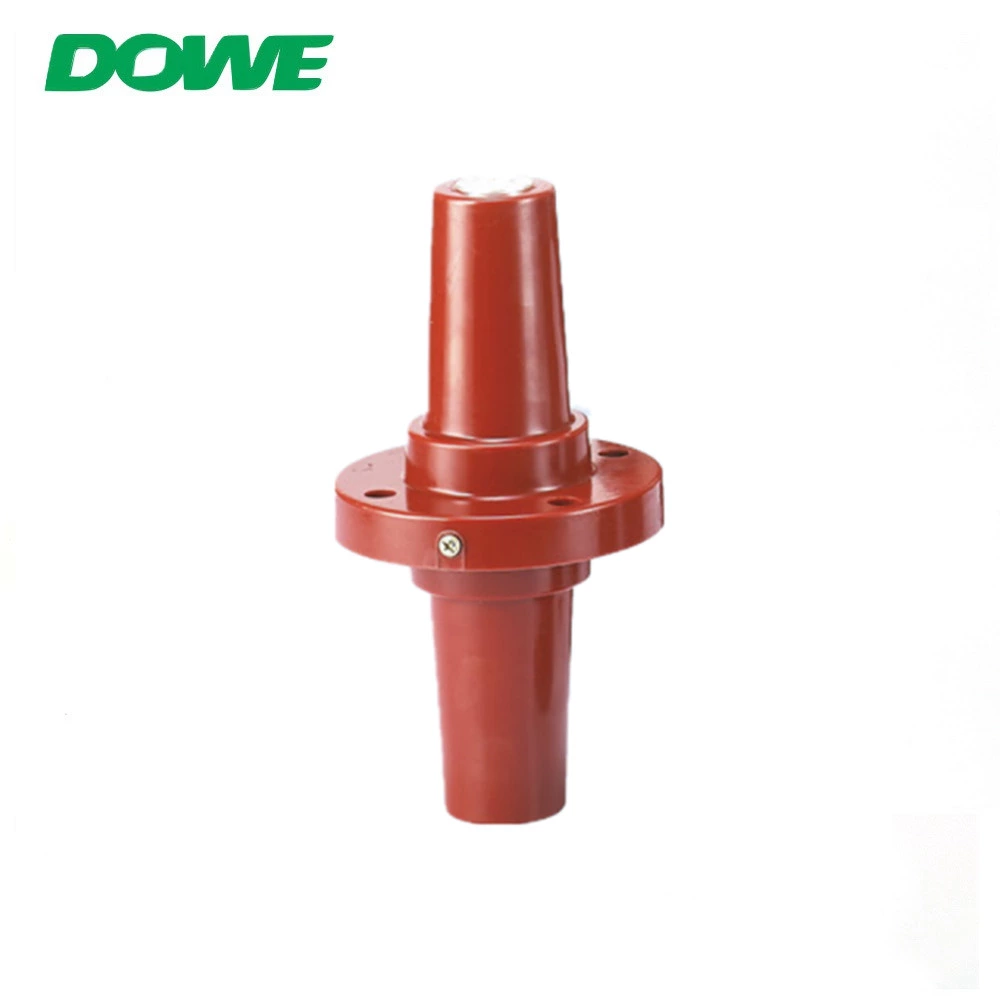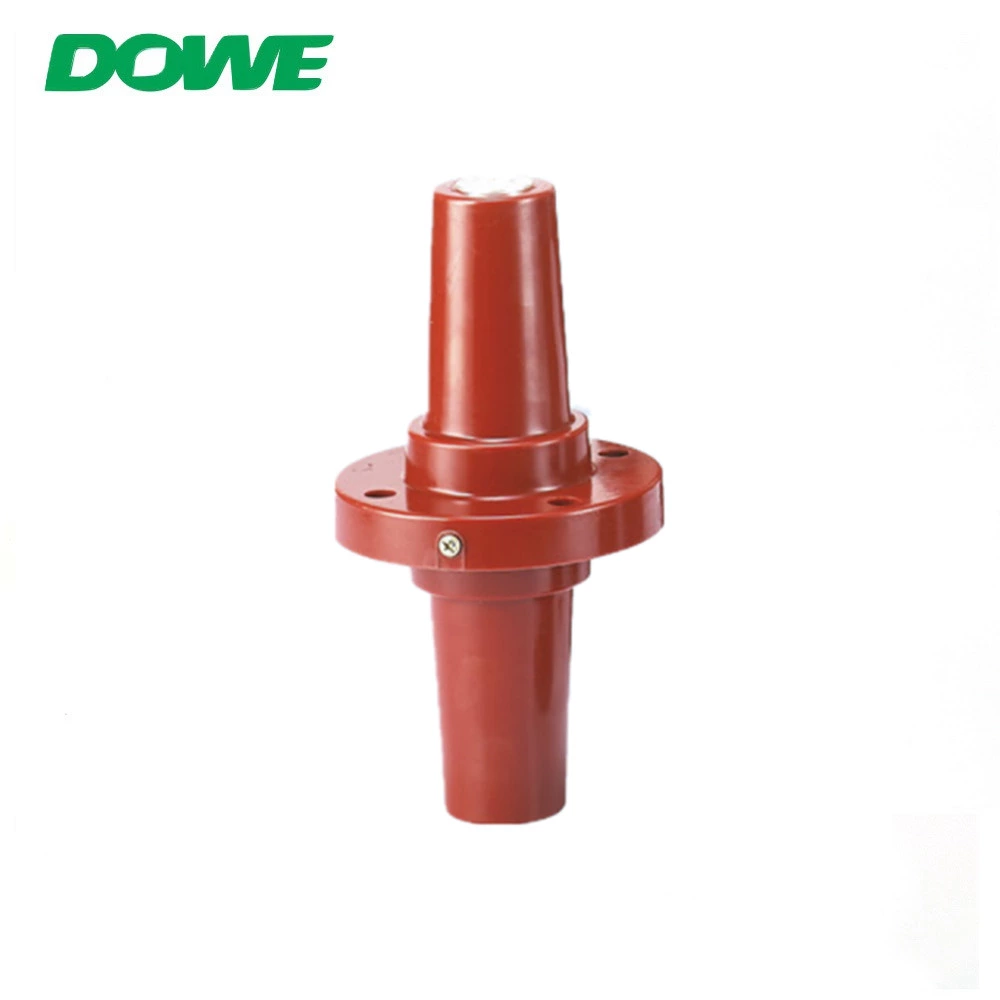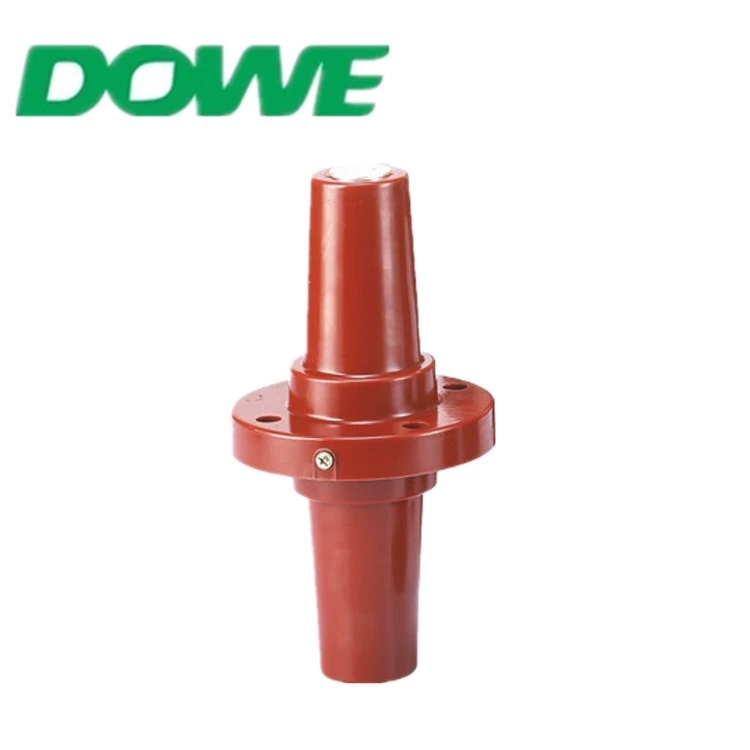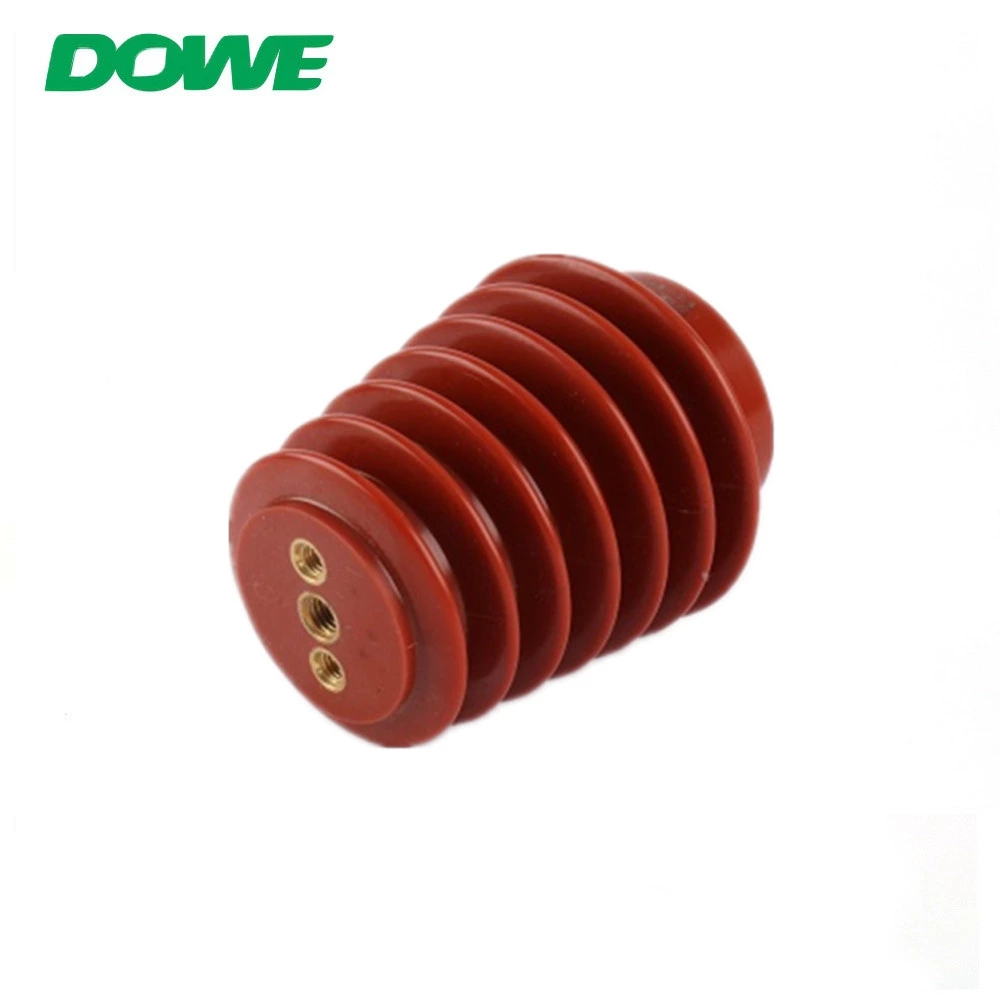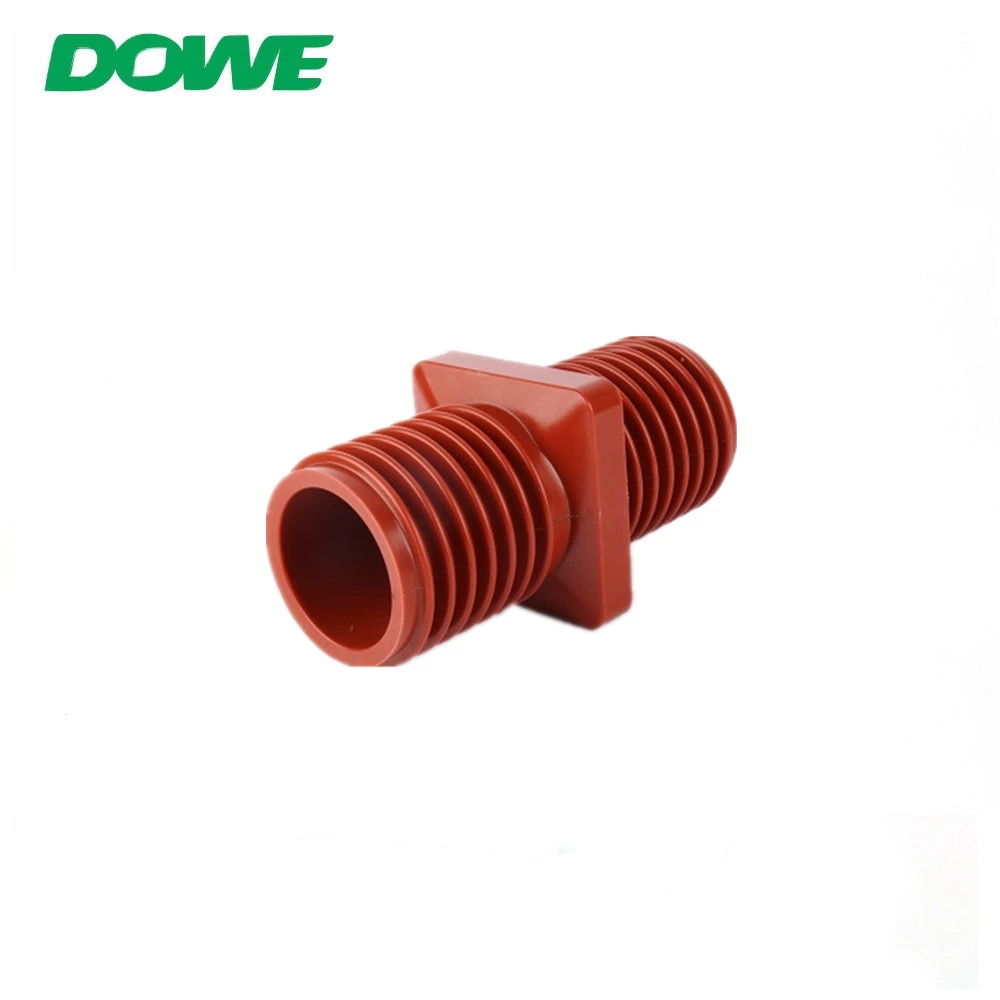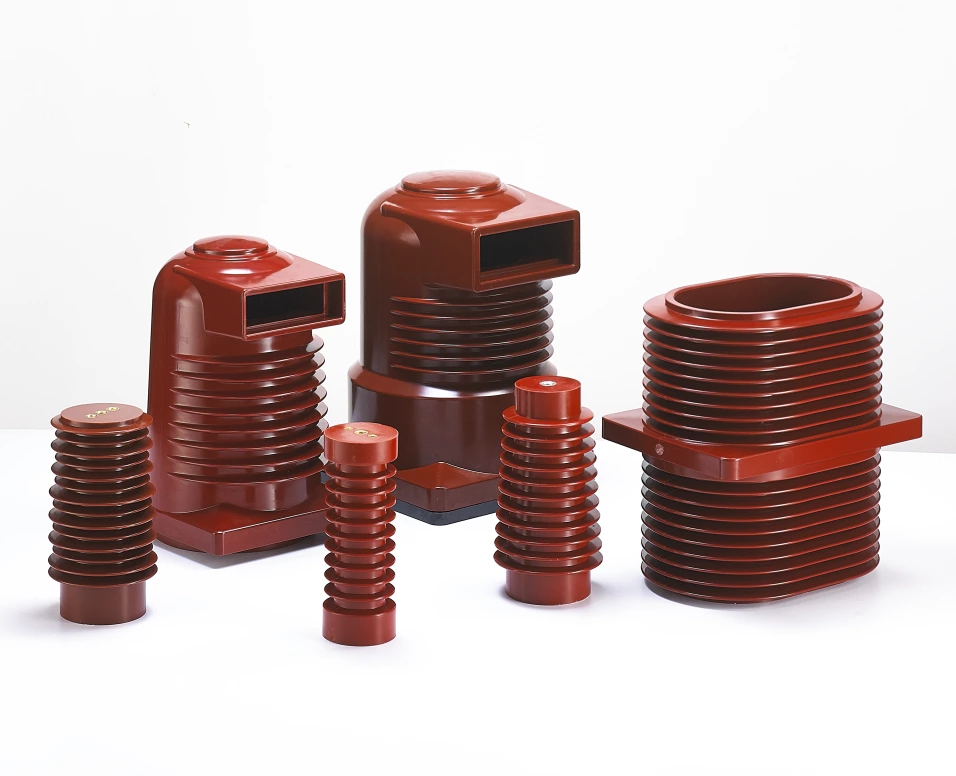Deciphering the Distinctions Between High-Pressure and Low-Pressure Heat Shrinkable Tubes
1. The difference between rated voltage insulation
The difference between high-voltage heat shrink tubes and low-voltage heat shrink tubes is mainly reflected in the voltage insulation level. High-voltage heat shrink tubes usually refer to heat shrink tubes with a voltage resistance of 10KV and 35KV, and low-voltage heat shrink tubes refer to heat shrink tubes with a voltage resistance of 600V and 1KV. . Since the withstand voltage performance is different, the usage scenarios are also different.
2. Differences in usage scenarios
Low-voltage heat shrinkable tubes are generally used in 24V and 36V weak currents, such as resistors, capacitors and other precision components. It is also widely used in low-voltage fields such as 220V and 380V household electricity and industrial electricity, and for the wrapping and insulation of household appliances and industrial machinery cables. Low-voltage heat shrinkable tubes can be widely used for insulation of electronic and electrical products below 600V or 1KV.
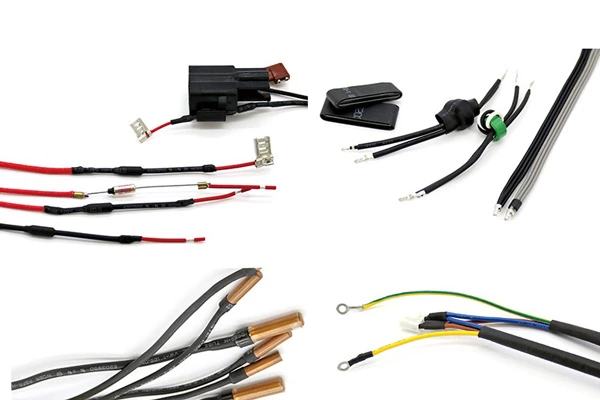
The rated voltage of high-voltage heat shrinkable tube is very high, so it is often used for the insulation of high-voltage substation busbars and the external insulation of copper busbars, so it is also called busbar heat shrinkable tube. It can effectively eliminate short circuit faults caused by snakes, insects, rats, and ants, prevent busbar heating caused by outdoor rain, wind, and sun, reduce phase spacing, and miniaturize electrical cabinets. Various colors, can play the role of A, B, C phase color markers.
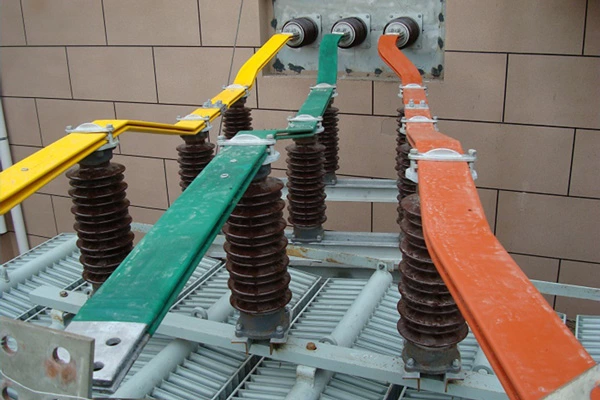
3. The difference in wall thickness
The wall thickness of low-voltage heat-shrinkable tubes after complete shrinkage is usually between 0.3-1mm, while high-voltage heat-shrinkable tubes require higher insulation requirements, so the wall thickness is also very thick. There is a certain proportional relationship between wall thickness and insulation performance. The thicker the wall thickness, the better the voltage resistance performance. The wall thickness of 10KV high-pressure heat shrink tube can reach about 2.5mm after shrinkage, and the wall thickness of 35KV high-pressure heat shrinkable tube can reach about 4mm after shrinkage. It can be seen that the wall thickness difference between low-pressure heat shrinkable tube and high-pressure heat shrinkable tube is still very large.
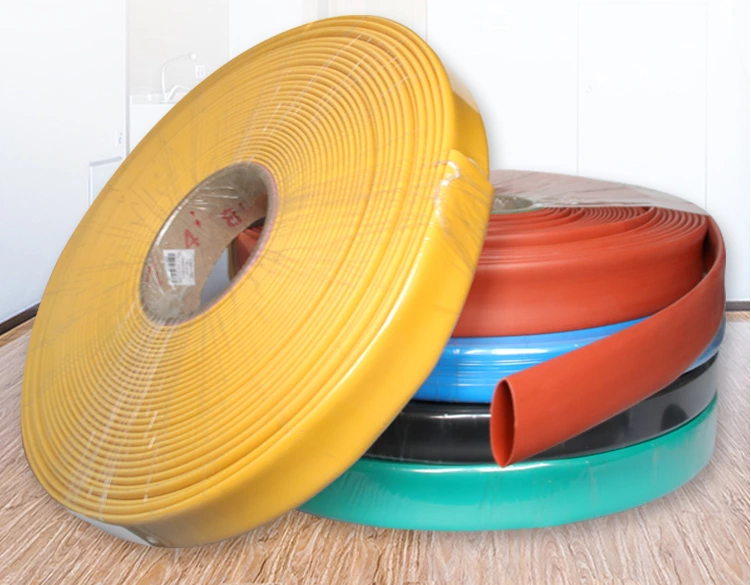
4. Differences in specifications and inner diameters
Low-pressure heat shrinkable tubes cover a wide range of specifications, from the smallest inner diameter of 0.5mm to the largest inner diameter of 200mm, and the specifications increase in order of 0.5 or 1. The minimum inner diameter of high-pressure heat shrinkable tubes is 15mm, and the growth rate is also increased in order of 5 or 10, which is a larger increase.
5. Price difference
The price of low-pressure heat shrink tubing starts from 0.02$/meter, and as the specifications change, the price fluctuates by just a few cents. Due to the high technical requirements and high material cost of high-pressure heat shrinkable tubes, the price of the smallest specifications is 1-1.2$/meter. As the specifications change, the increase is also a few dollars.
The differences between low-voltage heat-shrinkable tubes and high-voltage heat-shrinkable tubes mainly include five differences: rated voltage insulation, usage scenarios, wall thickness, specifications, inner diameter, and price. The most important one is the rated voltage insulation. There is a huge difference.

